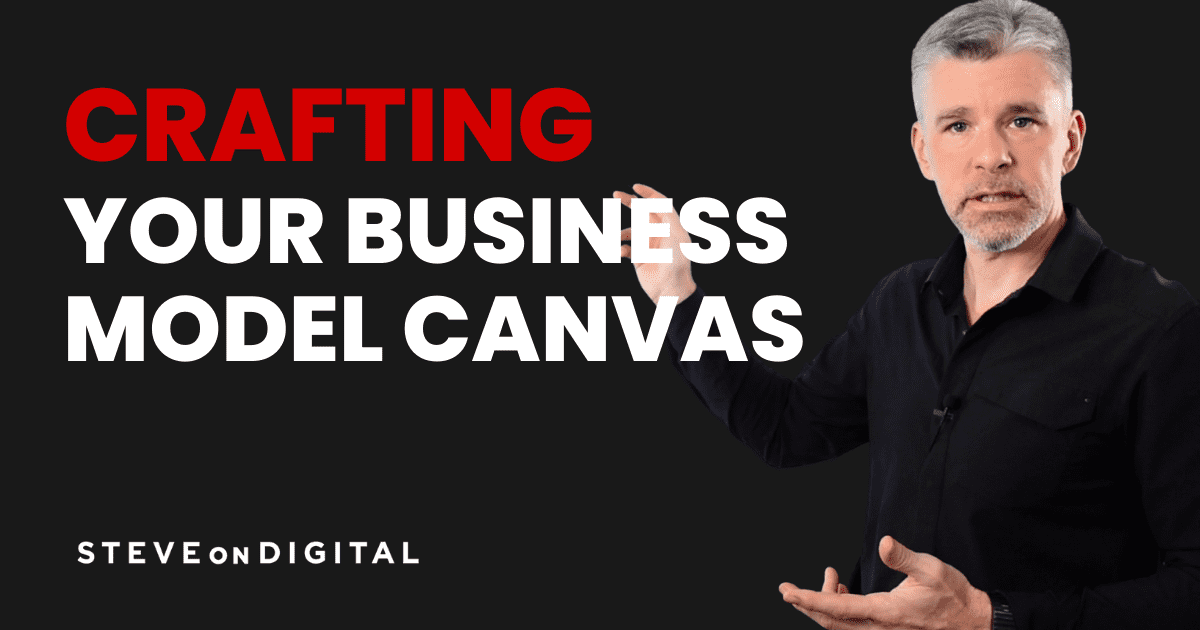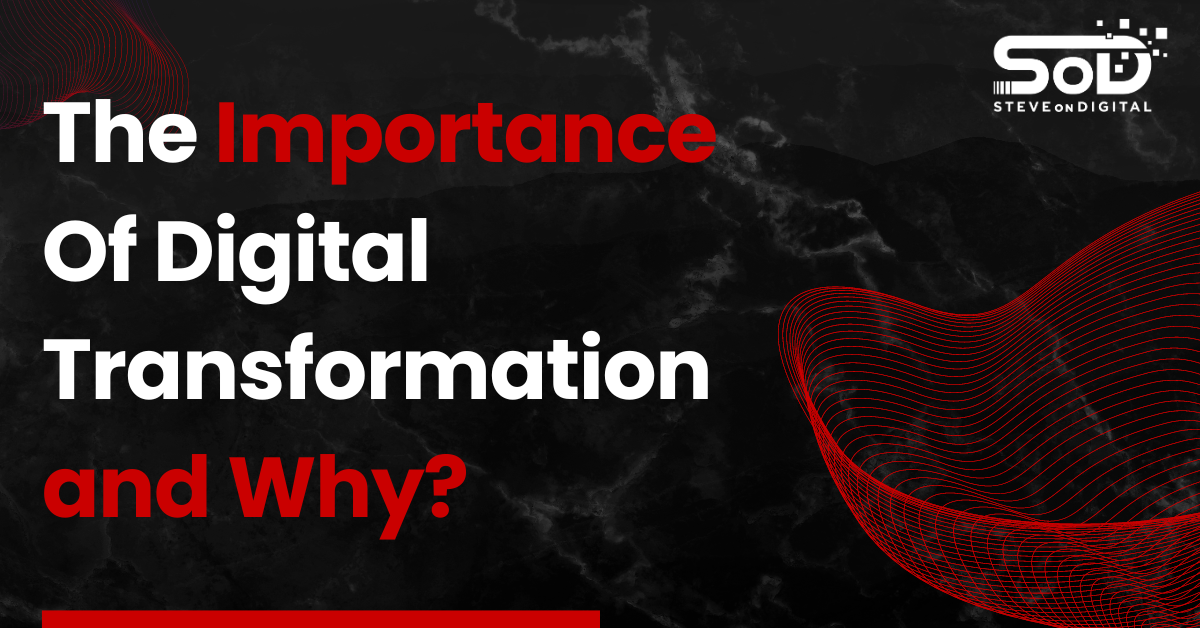Remember that old business plan you created at the beginning of your entrepreneurial journey? I’m guessing you’d have to blow dust off of it now just in order to read it. Instead of a complex written document, I suggest creating a Business Model Canvas, a visual way to outline your business foundations. Not only is it a valuable exercise the first time, it becomes an even more valuable tool when you update it every quarter. As a base-line tool, I will be referring to it in future videos and blog posts since, you will surely gain perspective concerning your digital transformation by filling in your own Business Model Canvas. It will guide you in determining WHAT technology to implement and WHEN.
As you can see, the Business Model Canvas is divided into nine sections. These sections can be grouped together into four main blocks. The first block concerns what comes INTO your company: key partnerships, key resources and your business’ key activities. The second block is at the heart of your business: your value propositions that distinguish your company from the competition. The third block relates to your customers: the relationship you develop with your customers, their segments and the channels you use to reach these customers. Lastly, the fourth block is situated at the base of the canvas, since finance supports the entire structure, including costs and revenues.
Let’s look at the four blocks individually.
Block 1: Key Partnerships, Key Resources, Key Activities
First, list the key partnerships that allow your business to operate. These partnerships can be with other businesses, government agencies, consultants and freelancers, amongst others. Next, list the key resources needed to run your business. Examples include office space, machinery, loans and grants, and employees. Then, list the key activities your business performs to create its main products and services.
Note that this block is in the upper left-hand corner. Reading from left to right, it leads to your value proposition. And reading from top to bottom, it leads to your cost structure since these three elements generate expenses.
Block 2: Value Propositions
Here, list the value your company brings to your customers. Write what makes your brand and your product or service unique. Think about what makes your company stand out from the competition and write it down here. Since value propositions are the heart of your offering, your business objectives must be aligned with them.
Block 3: Customer Relationships, Customer Segments, Communication Channels
Business is about relationships. Especially the relationship with your customers. How would you define that relationship (from customized service to self-service or somewhere in the middle)? Next, define the persona (the customer type) for each product or service. Describe the person’s routines, his or her pain points and all demographical information. Now, outline the communication channels your company uses to connect with past, present, and future customers.
You’ll note that this block is seated directly above revenue streams since customers bring in revenue.
Block 4: Cost Structure, Revenue Streams
The base of any business is its money flow. Costs should always generate revenues, becoming an investment. List the costs your business must cover just to create and deliver your product or service to the customer. Then list the budget allocated for R&D, marketing and salaries.
Once you have outlined your cost structure, tackle your revenue streams. Answer these questions: What revenue models does your business employ (ex. subscriptions, repeat purchases)? Which payment channels do you prioritize? What is your profit margin according to each product or service?
These two are obviously intimately connected since you must make sure to have more revenue than costs to have a healthy business.
In sum, filling out a Business Model Canvas and then repeatedly reconsidering each section as markets fluctuate will lead you to make sound business decisions. This tool is the base for your business transformation as it helps you determine the right tools to implement at the right time.




